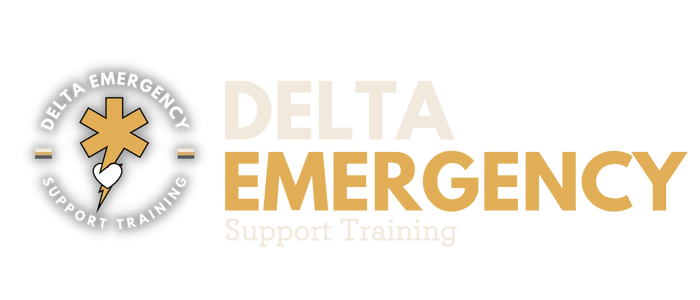Don't Train on Trash
/In the early 2000’s I worked in the Alberta oilfield. I had to constantly update my first aid and CPR certification, H2S, WHIMIS, TDG, Confined Space, Fall Protection, etc. Recertifying in first aid and CPR was always a dreaded day; or weekend! It was hard to stay awake, and sometimes the instructor’s voice was a monotonous drone. Often the equipment was old, and it always felt unrealistic. During the CPR portion of class, I felt CPR on an actual person had to feel different than a performing it on flimsy cardboard and a pillow.
Garbage
These are types of popular CPR mannequins used in many first aid courses. If you’ve taken a first aid/CPR course with these in the past, you might as well practice CPR on a pillow.
Does it really matter?
Most people taking a first aid and CPR course are doing it for job requirements. Either for your current job, or a new career that requires first aid training. While at work, the chances of you utilizing your first aid training on a co-worker is much higher than performing CPR on them.
You can practice a leg splint or an arm sling on a classmate without much of an issue; and these simulated skills transfer pretty easily to a real life injuries.
Performing high-quality CPR is much different. You may have a perfect compression rate, and the correct compression:breath ratio, but was your mannequin effective at teaching the kinesthetics of how hard you actually need to compress the chest? Did it show you how the airway can be blocked with no head-tilt-chin-lift and blocked from tilting too far? Were you able to practice a jaw-thrust maneuver and utilize mask-mouth breathing where you visualized the chest rise?
High fidelity
We use equipment with a built in visual/tactile CPR feedback device which measures correct airway opening, compression depth/rate, and lung ventilation.
Realistic to the eye and the touch, Prestan manikins are equipped with a revolutionary ‘CPR Rate Monitor’ that allows for instant feedback to both instructor and student regarding the rate of chest compressions. The visual feedback from the CPR Rate Monitor gives students a real life feel of delivering 100-120 compressions per minute. Experience the true force needed to deliver real life chest compressions.
Features:
Advanced feedback parameters today are CPR rate, compression depth, and ventilation.
Patented face/head tilt simulates how an actual patient's head would move if they required CPR and teaches students how to properly open the airway.
Easily inserted face shield/lung bag provides visual chest rise to ensure students receive the most accurate and realistic training, also open nose holes to pinch the nose.
Located in the shoulder is a CPR Rate Monitor that provides instant visual feedback on compression rates – students know they are at the correct compression rate when two green lights illuminate. Experience the true force needed to deliver real life chest compressions.
Unique Clicker Mechanism provides an audible confirmation when the correct compression depth is reached, guiding to the appropriate force when administering CPR compressions.
The future of CPR Training
Delta Emergency Support Training has been using adult and infant Prestan Mannequins and AED trainers (more realistic as well!) from day one. They may be more expensive, but the feedback from every class about how CPR truly feels has been worth it. Everyone leaves our class more confident and comfortable knowing how to properly perform high quality CPR.
In 2021, the Heart and Stroke Foundation of Canada are making CPR Feedback Devices mandatory for all first aid/CPR courses. Prestan will be releasing an updated mannequin soon with 3 more advanced feedback parameters such as: Recoil, Ventilation and Hands Off Time, and the Bluetooth app screenshot you see above. The photos above show the mannequin, the Bluetooth app during CPR , and the physical module for the new features. When requested, we can also use a full-body mannequin simulator, and airway simulation equipment.
You may never have an opportunity to use your CPR in real life, but if you do, remember, “Perfect practice makes perfect.” - Vince Lombardi
Stay safe!
-Jarrett









